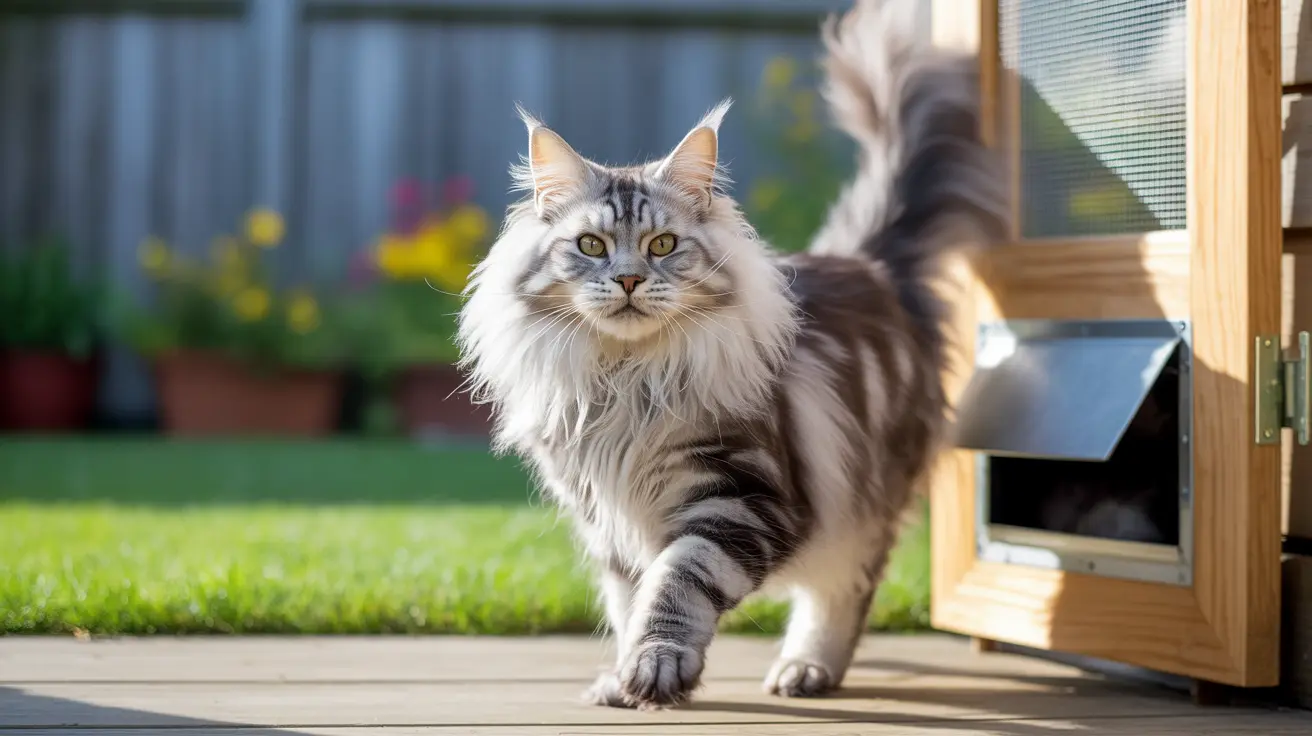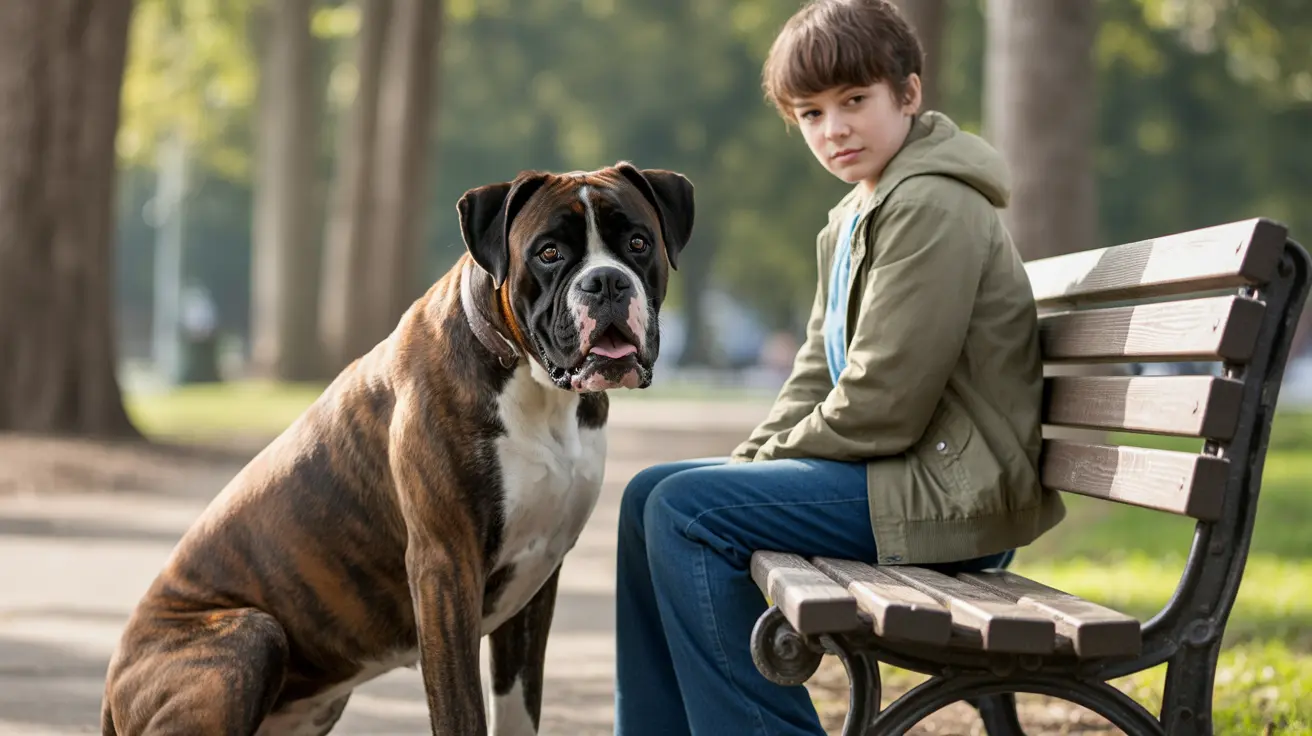Are Bears Just Big Dogs? Exploring Their Evolutionary Links
At first glance, a large bear lumbering through the forest may appear to be just a giant, shaggy cousin of the domestic dog. Both animals have four limbs, non-retractable claws, sharp teeth, and a keen sense of smell. However, despite these similarities, bears are not simply oversized dogs. To understand their relationship, we must delve deeper into their taxonomy, evolutionary history, and anatomy.
Taxonomic Classification: Where Bears and Dogs Meet
Bears and dogs are both mammals within the order Carnivora. This group includes meat-eating animals such as cats, weasels, and hyenas. Carnivora is divided into two major suborders:
- Caniformia — the “dog-like” carnivorans
- Feliformia — the “cat-like” carnivorans
Within Caniformia, bears (family Ursidae) and dogs (family Canidae) are distinct families, yet share a closer relationship to each other than to animals in the Feliformia group, such as domestic cats or lions.
Evolutionary Background
Molecular and fossil evidence suggests that bears and dogs share a common ancestor dating back about 38 to 50 million years ago during the Eocene epoch. These early ancestors were likely small, forest-dwelling mammals resembling modern mustelids (e.g., weasels or martens).
Eventually, the Caniformia lineage split into several families, including:
- Canidae — dogs, wolves, foxes
- Ursidae — bears
- Mustelidae — otters, badgers, weasels
- Pinnipeds — seals, sea lions, walruses
- Procyonidae — raccoons
- Mephitidae — skunks
- Ailuridae — red pandas
Interestingly, dogs (canids) diverged earlier within Caniformia, while bears have closer evolutionary ties to pinnipeds and mustelids.
The Case of the Bear-Dogs
One fascinating branch of the Caniformia tree is the amphicyonids, also known as “bear-dogs.” These extinct creatures lived between the Eocene and Miocene epochs and shared traits of both dogs and bears. Their size ranged from fox-like to polar bear-sized, and they adapted to various ecological roles, from forest foragers to ambush predators. Although they are not direct ancestors of today’s bears or dogs, their morphology reflects the shared lineage within Caniformia.
Anatomical Similarities and Differences
Despite their evolutionary connection, bears and dogs have evolved very different body plans and behaviors over millions of years:
- Bears are typically larger, with stocky builds, plantigrade posture (walking with soles flat on the ground), and omnivorous diets.
- Dogs are more agile and cursorial (adapted for running), with digitigrade posture (walking on their toes) and a tendency toward carnivorous behavior, especially in pack-hunting species like wolves.
They also differ in dental structure. Bears have flatter molars suitable for grinding vegetation, while dogs have sharper teeth specialized for shearing meat.
Convergent Evolution and Retained Traits
Some of the superficial similarities between bears and dogs are a result of convergent evolution — independent development of similar features due to similar ecological pressures. Others are retained ancestral traits from their common caniform ancestor, such as their sense of smell and certain skeletal features.
The Genomic Evidence
Genomic studies support the divergence of these lineages tens of millions of years ago. While they have a common ancestor, their DNA is distinct enough to place them in separate families. Bears are genetically closer to seals and otters than they are to dogs.
Conclusion: Related, Not Reproduced
So, is a bear just a big dog? Not quite. While bears and dogs share a common ancestor and belong to the same suborder, their evolutionary paths diverged long ago, resulting in distinct anatomical, behavioral, and genetic differences. Understanding their relationship helps us appreciate the diversity and complexity of carnivorous mammals in the world today.





